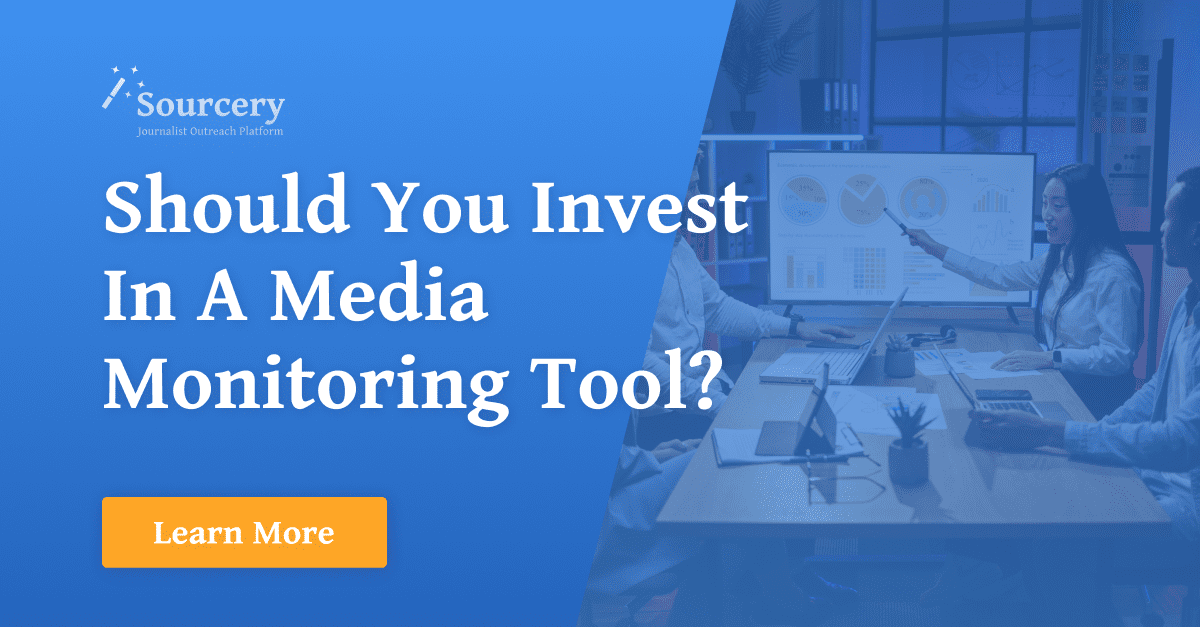Have you been in a difficult situation of discovering a negative review about your product that has been circulating on the internet for days? You tried to respond only to find out you’ve lost thousands of social media followers already? Or have you planned on implementing a content strategy based on a trend only to waste your time because people have moved on? Maybe you’ve been using HARO but you’re wondering if there’s a better alternative?
Situations like these are part of your responsibilities for public relations. You need to secure three major things in PR:
- handle a crisis
- listen to the public’s pulse
- measure campaigns’ success
While various platforms open countless opportunities to get media exposure, this entails too much work to monitor.
Luckily, technology has blessed PR professionals with public relations tools and software. What was once a lengthy process of manually tracking topics, transcribing a broadcast for a mention, and managing online conversations are now made easier and refined with an effective media monitoring tool.
But first, you need to have your PR toolkit.
What Should Your PR Toolkit Include?
Every marketer and media relations professional needs to be equipped with a PR toolkit to make sure that public relations are effective and impactful. Here’s what you need to have:
1. Communications Strategy

You need to have a plan on how to carry out your communications plan, which covers your target market and market segmentation, budget, communications objectives, how you want to position your brand, which channels to use, and what resources you need. It’s a key part of reaching more customers.
You need to prepare your news releases, some blog articles to engage your audience, email marketing campaigns, websites, whitepapers, social media activations, and paid ads.
Your communications strategy details everything that you need to do over the next 12 months. But you can modify things along the way as necessary.
2. Content Plan

Your PR tool arsenal won’t be complete with a content plan. Writing and sharing content is crucial for media relations, especially because you want your audience to be interested in your brand.
Think about what will pique their interest, how your content will affect them, and what value will your content provide to them.
When we talk about content, it’s not limited to your press releases, articles, and blogs. You can also think about non-written content like podcasts, virtual events, photos, and videos. Photos can tell amazing stories, and videos are more engaging than written content for some people. They also increase the shareability of your content.
3. Media Contacts

A list of relevant media contacts is a critical part of your PR toolkit. You need their help in telling your brand story, spreading the word about your business, and reaching your target audience.
Your contacts include your local newspapers and print media, niche publications, industry trade media, consumer sites, bloggers, and social media influencers. Building your list may take time and a lot of outreach efforts, and you need to do a lot of research to understand which media you want to talk to and work with.
4. Media Monitoring Tools
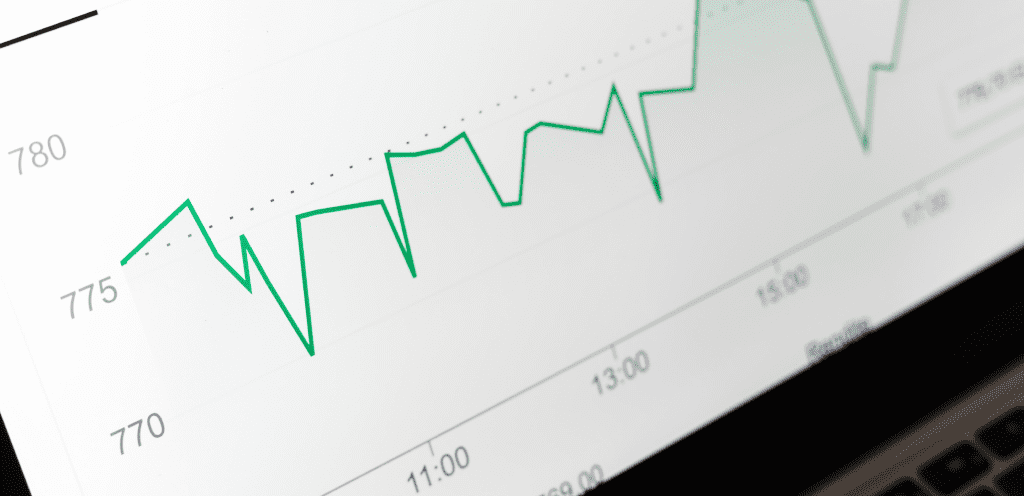
Your PR gear should also include media monitoring tools, which allow you to keep track of your PR efforts, media coverage, and the latest trends in the industry.
You can choose from a range of PR tools based on your needs. And we’ll dig deeper into this in the sections below.
Why You Need to Invest in PR Tools
If you’re still hesitating about investing in a media monitoring tool, here are more reasons to consider:
Monitor Your Brand Mention
The very heart of PR measurement tools is to catch everything that’s said about your brand. It’s difficult to monitor mentions manually through a variety of online and offline channels, such as newspapers, publications, television, radio, blogs, and social media.
Tracking brand mentions improves your responding time. The real-time results show how your brand is being presented and perceived by the public. Your audience might have a better idea of how your product or service can be improved.
With social media monitoring tools, you can respond quickly to issues and handle crises before they hurt your brand online. A study reveals that 78% of consumers are influenced by social media posts when they purchase something. Responding to reviews, questions, and complaints is crucial for your brand’s reputation online.
Understand the State of Your Industry
PR software and tools help you see a bigger picture of the state of your industry. You should always check on your industry to ensure your brand stays up to date with the latest topics, events, policy changes, and trends. Be in the know of what’s going on to respond timely and be of most benefit to customers.
One way to also gauge your strategy is to benchmark your competitors. Understand what they’re doing to know where your brand fits. Learning from your competitors also provides you with actionable insights to help you see possible traps and improve your strategy.
Measure PR Tool Metrics Easily
With a monitoring tool, you can keep track of every conversation relevant to your business, including keywords and hashtags. With the information you’ve gathered, you can monitor your metrics and measure both quantitative and qualitative results.
Quantitatively, you can estimate the number of people you’ve reached based on how many times you were mentioned. Qualitatively, you can identify where and how you were mentioned. It’s crucial to know if the coverage on you is positive, negative, or neutral so that you’ll know how to take action.
Find Your Perfect Match
Different outlets cover different needs. Not everyone will accept your content or contribution. Media monitoring allows you to identify who is your perfect media match. It provides you with the requirements of the journalists, which gives you an idea of what to pitch. It also allows you to think of an angle according to what the journalists and their audiences need.
With the tight competition of reaching out to relevant journalists, media monitoring gives you insights into which journalists to avoid or pursue. If you haven’t realized its weight yet, a monitoring tool is essential to your PR success.
What Are the Best PR Tools?
You know that to be a successful business, you need the exposure that will bring you in front of your ideal customers. These PR tools are only a few that you can explore to make sure your PR efforts are effective in giving you the visibility that you need.
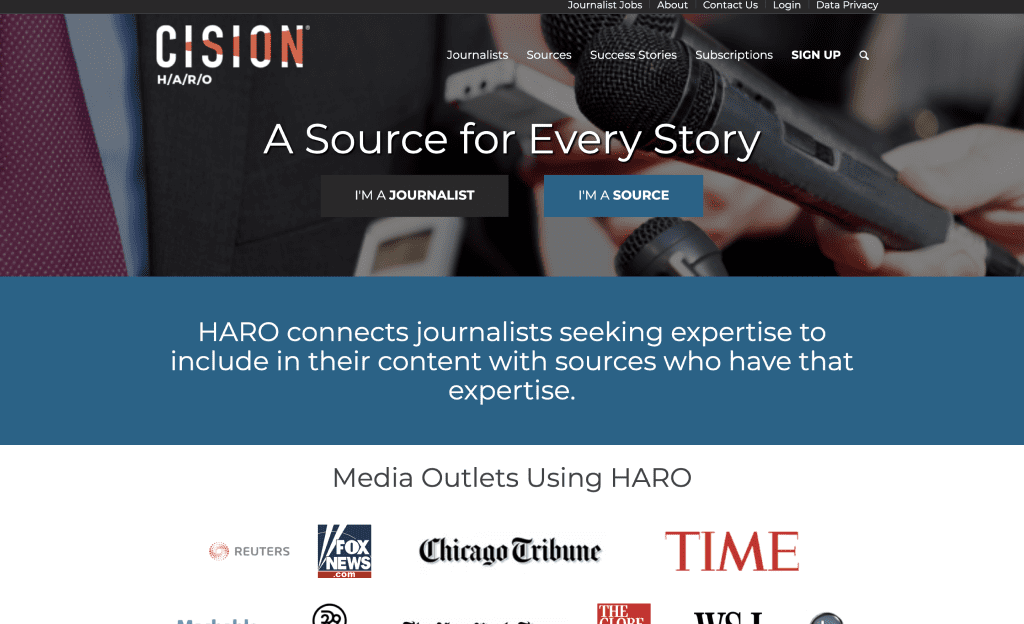
1. HARO
Best used for: Media Coverage Opportunities
Help A Report Out (HARO) is a platform that connects journalists and media people with expert sources. PR professionals use HARO to find reporters and publications for their public relations and SEO efforts, and brands use the platform to provide their expert insights and build their authority in their respective industries and niches.
In other words, HARO provides you with media coverage opportunities, including from huge publications like Forbes, Business Insider, and the New York Times. From Monday to Friday, HARO releases three newsletters that contain queries from journalists.
What you need to do is to respond to queries relevant to your brand. When the journalist finds your answers useful, you’ll be quoted in their articles and your brand will be mentioned. Many of them provide a do-follow backlink, which is quite useful for your SEO activities.
Is HARO free? Yes, it’s free to sign up with HARO and you’ll start receiving the newsletters. But the platform also offers paid subscriptions, which give you an edge over other users, such as having the access to queries before they are released to the free users. It gives you a higher chance of getting media outlet coverage when you’re one of the first to respond to the questions.
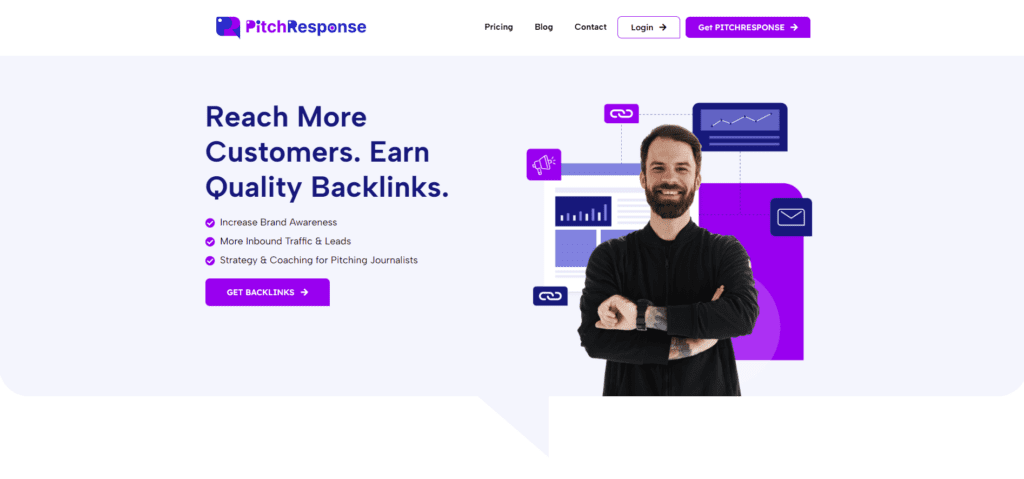
2. PitchResponse
Best used for: Getting Quality Backlinks
PitchResponse is a media monitoring tool software built by editorial link-building experts. Its main goal is to help people like you find your audience. It makes HARO, which we discussed above, more usable. Sourcery understands your need to be a creditable source, and unless you’re already a household name, this will take you months. But with Sourcery, you can stop wondering how to get free publicity. This software helps you earn quality backlinks yourself to increase your brand awareness and attract more inbound traffic and leads. About 61% of PR pros said finding and interacting with journalists is one of their biggest challenges. But with Sourcery, outreach time is reduced by 90% with its HARO integration. It provides you insights beyond the HARO data and helps you land on sites with a domain rating of 70+. You can also pitch your expert insights directly from the platform. Sourcery also provides you with a strategy and coaching for better and more effective pitching. If you’re a PR agency, you can set up multiple accounts, making it easier to collaborate with your PR teams. You’ll get the chance to get featured in Forbes, HuffPost, The Wall Street Journal, and Business Insider. Plans start at $29 a month.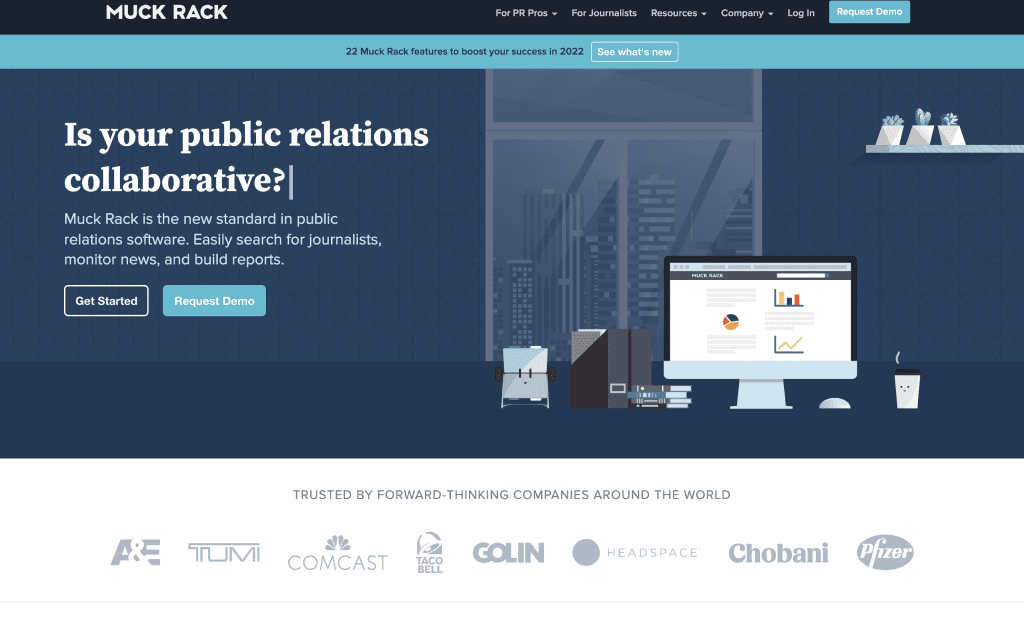
3. Muck Rack
Best used for: Targeting Reporters
Much Rack is another tool that you can use to find journalists. Aside from being a HARO alternative, it also has other PR features, such as monitoring news and creating reports.
If you struggle to maintain your own contact database, Muck Rack got your back. It has an up-to-date media database, so you can create your journalist list within the platform.
Muck Rack sends you an alert whenever someone on your list posted a new beat. You can also set to receive alerts for certain keywords and get notifications when there are new stories published with those keywords. That makes monitoring the news and media coverage about your brand and niche a lot easier.
You can extra data from your PR campaigns and analyze their impact based on your metrics. You can also create reports that are easy to digest and ready for presentations.
Muck Rack costs around $5,000 a year. You can request a quote by filling out a form on its website.
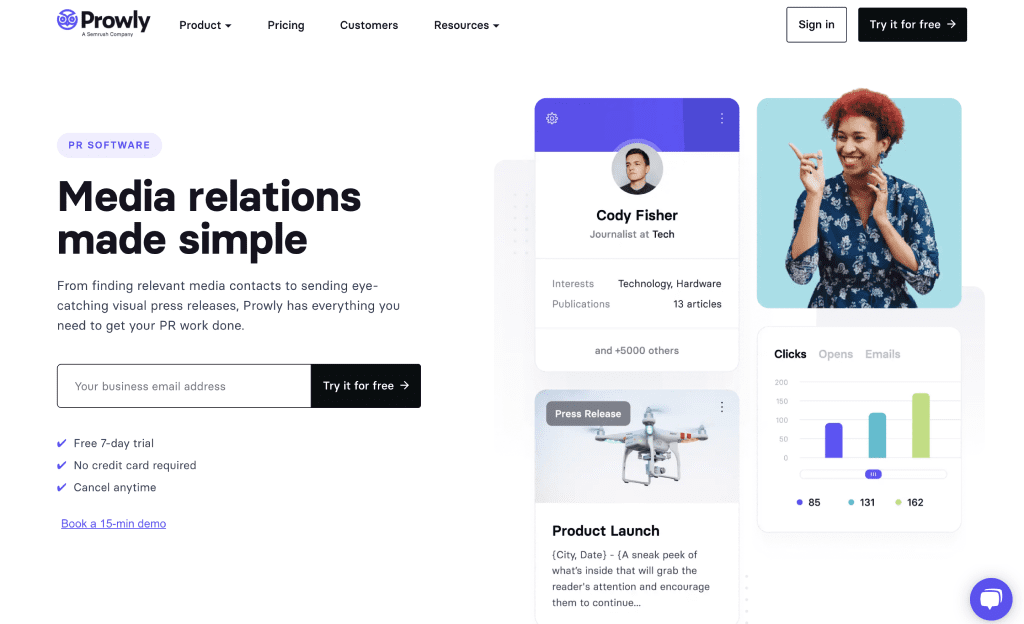
4. Prowly
Best used for: Managing Public Relations
Prowly is your PR CRM platform where you can manage and track all your public relations activities. It’s good for in-house PR teams, PR agencies, and small businesses.
You can use Prowly to find and connect with journalists from top media outlets that will most likely be interested in your message. Prowly has a database of over 1 million media contacts. The platform also allows you to create online newsrooms for journalists, making it easier for them to reach you for stories and information.
You can pitch your stories to the journalists directly from the CRM. Prowly also stores conversation histories, so it’s easier to build relationships with your media list and get the coverage you want.
You can also create eye-catching visual press releases on Prowly, ready for sending to your media prospects and bloggers. It’s easy to integrate images and videos on your press releases, which increases the likelihood of your content being shared and cited by other publications.
You can also access advanced analytics data, which you can use to optimize all your PR activities.
Subscription starts at $189 a month. There’s also a 7-day free trial so you can get the feel of using it before signing up for a subscription.
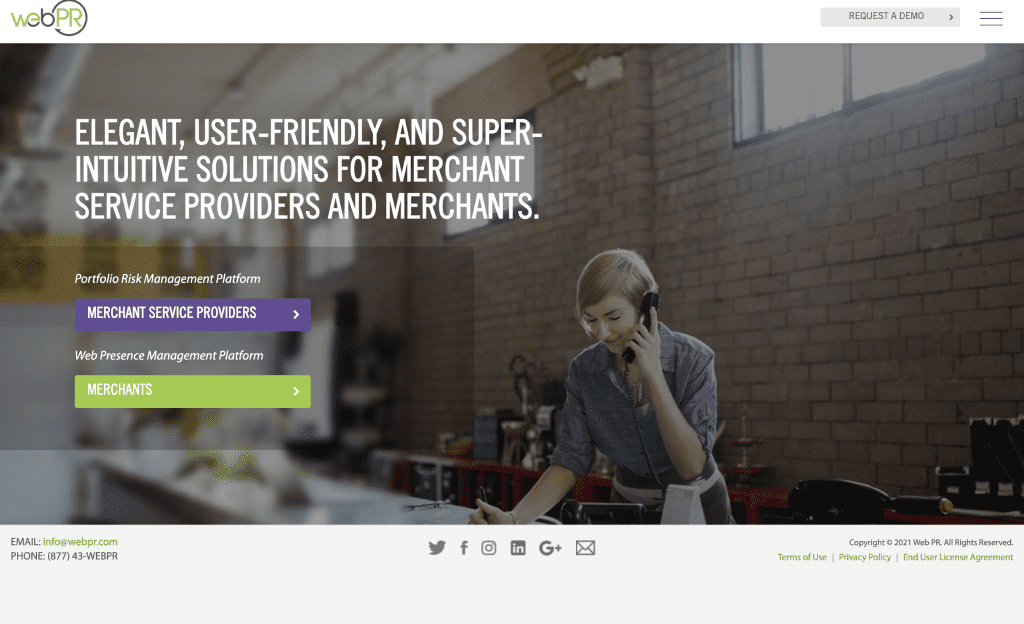
5. PRWeb
Best used for: Distributing Press Releases
Every brand needs to create a digital footprint nowadays, and distributing press releases is just one of the many ways to start building your online presence. If you’re new to the space, you’ll need a tool like PRWeb that will help you share your story and get top-tier media opportunities, including industry publications, blogs, social networks, and search engines.
The process is simple. You can use PRWeb tools to create a compelling story, include visual elements, highlight a quote, and add social media links. Your press release will then be distributed to PRWeb’s wide network of multiple online channels.
Of course, it doesn’t end at the press release distribution. You can also measure the performance of your PR campaign and its online impact through comprehensive reporting from PRWeb. You can calculate your return on investment (ROI) and optimize your communication strategy.
PRWeb plan starts at $99 per news release. Its pricing is tiered based on which publications or media distribution channels you want your news release to be circulated.
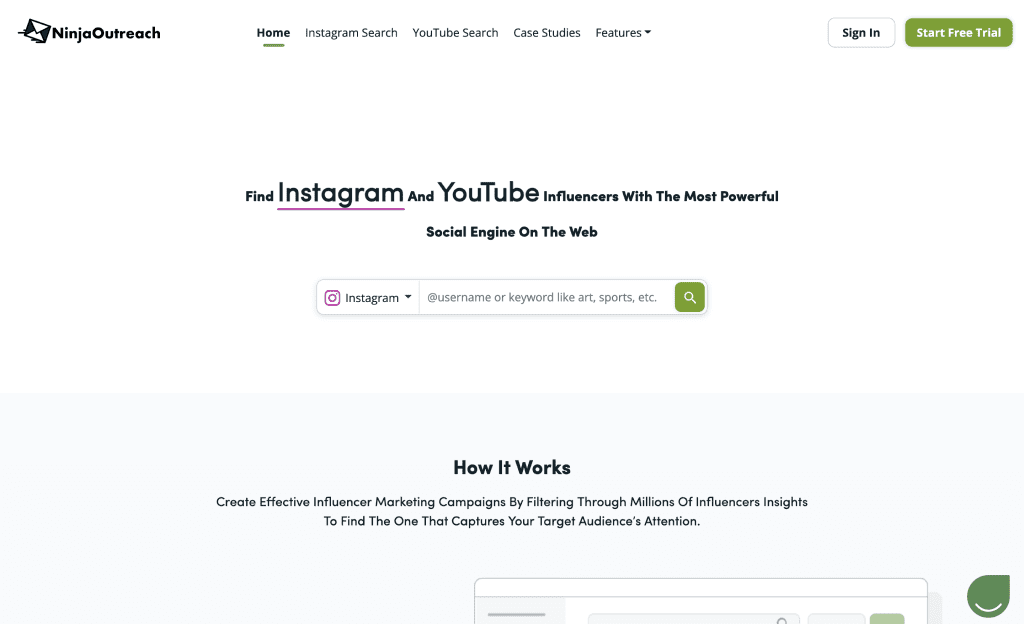
6. NinjaOutreach
Best used for: Easier Blogger Outreach
About 60% of consumers say that blog posts are valuable at the start of their buying process. It’s no wonder 92% of content marketers use this format as part of their marketing strategies.
If you’re focusing on brand awareness, high-quality educational and informational blogs are quite important, and you’d want to reach out to relevant and influential bloggers out there.
NinjaOutreach makes it easier to create a blogger PR outreach strategy. It’s a complete CRM that you can use to reach your blogger prospects, pitch your story through email, connect on social media, build relationships with them, and have them feature your brand on their blogs.
The platform includes your own outreach email inbox and email statistics to help you track the performance of your emails. You can see which campaigns have the highest open rates, click-through rates, and reply rates.
NinjaOutreach has 6 million bloggers on its database. There are also influencers from Instagram, YouTube, TikTok, and Twitter, if you’re looking into influencer marketing.
NinjaOutreach offers a 7-day risk-free trial. Pricing starts at $155 per month billed annually.
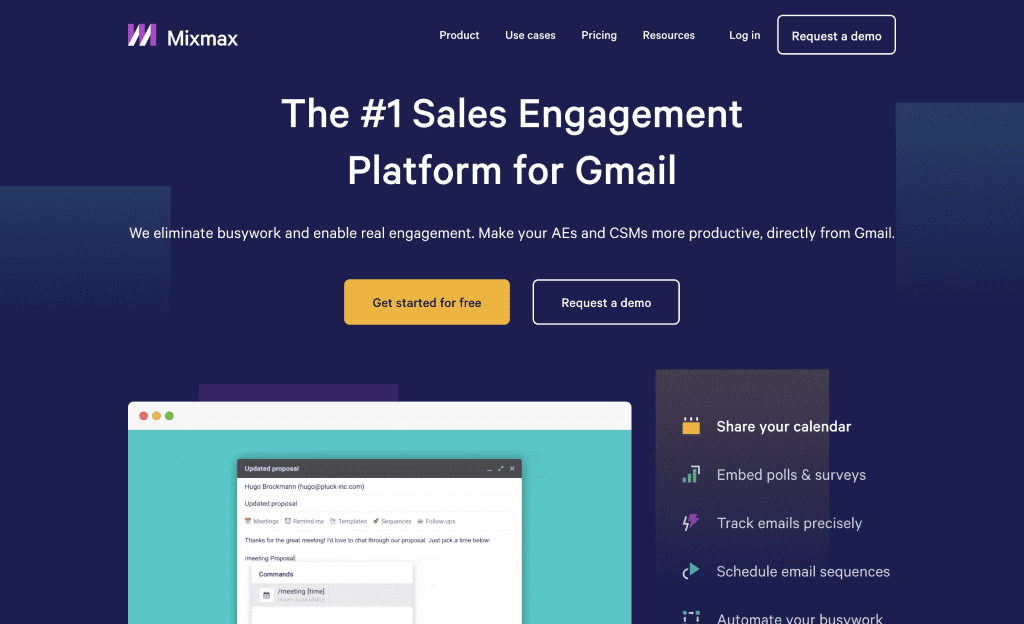
7. Mixmax
Best used for: Email Tracking and Scheduling
Some outreach opportunities require a phone or video interview with the journalist, and the key to booking them is tracking your email for prompt notice. You can use Mixmax as a PR tool to get results from your outreach.
You can track who’s opening your email and when they open your email and receive an alert via SMS, Slack, or email. You can also use one-click scheduling so you can book meetings in one email by allowing the receiver to choose the best time for them. You can also optimize the time you send your email by using the automated scheduling feature.
Mixmax is free to stall and you can start using it for calendaring and email productivity for free. Paid plans with email campaign features start at $24 per month.
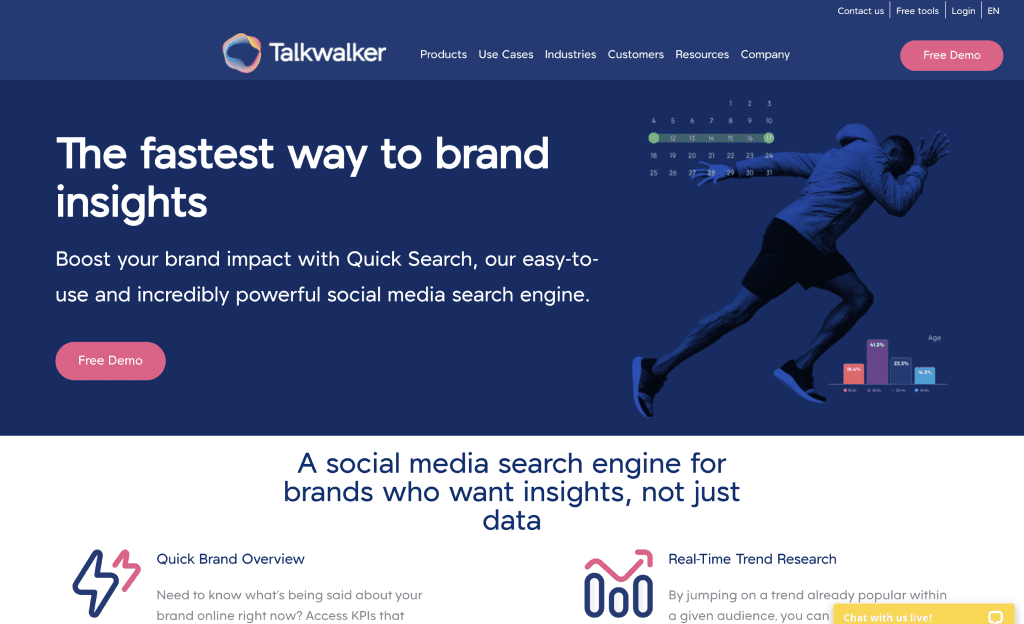
8. Talkwalker Quick Search
Best used for: Finding Trending Topics
As the name suggests, Talkwalker Quick Search helps you find the trending topics surrounding your industry or any topic you’re interested in quickly.
It searches social media channels and gives you the trending keywords based on what people are talking about. It will give you ideas that can help you create PR content to ride the trend and boost your brand impact.
This social search engine is also quite handy in finding influencers in your industry and understanding your audience. Aside from social media platforms, Quick Search also looks into blogs, news stories, and forums.
You’ll gain insights on key performance indicators (KPIs) that matter to you, such as engagement, volume, sentiment, demographics, themes, and geographies.
Talkwalker offers customized pricing. Just fill out the contact information to request a free demo and quotation. It hovers around $8,000 a year for unlimited searches.
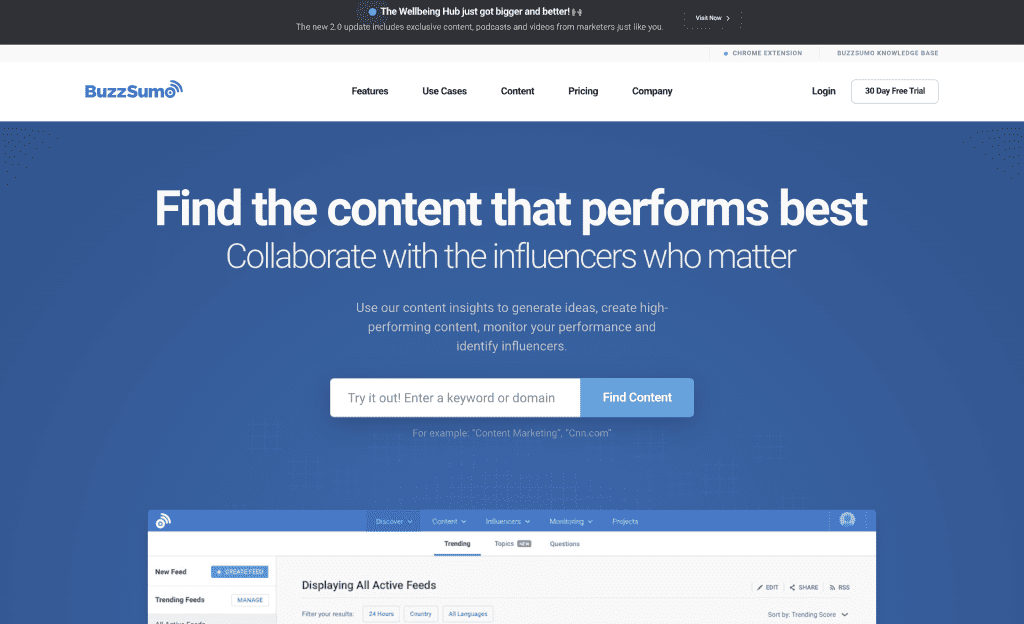
9. BuzzSumo
Best used for: Content Development
If you’re looking for new content ideas on the web to match your marketing strategy, BuzzSumo is one of the PR tools you can explore. You can browse topics, trends, and forums to give you content ideas.
BuzzSumo has a keyword tool that allows you to monitor what’s going up and what’s going down, as well as understand keyboard popularity and demand.
Moreover, you can get content ideas from questions that your audience wants to answer. These come from forums, such as Quora, Reddit, and even Amazon. It’s a good addition to your PR tools, which you can use to identify gaps in common knowledge that you can help address with your content.
It’s also important to monitor your competition, and you can use BuzzSumo for that. You can keep a tab of what your competitors are publishing and what’s the status of their engagement so far. You can use the insights to create better public relations content.
BuzzSumo offers a free trial for 30 days, so you can explore its features fully before you commit to a Pro subscription that starts at $99 a month. It also has a free plan that allows you to do 10 free searches a month and use limited features.

10. Ahrefs
Best used for: SEO and Backlink Analysis
Ahrefs has been the marketing professionals’ go-to among PR tools for monitoring their digital marketing efforts and successful PR strategy results. It’s an essential tool for PR professionals that you can use to research your competitors and monitor your search engine performance.
If you’re doing PR outreach, Ahrefs is also a useful analytics tool for media mentions and backlinks.
There’s a project management dashboard where you can set up projects to monitor based on different metrics. These include backlinks, referring domains, organic keywords, organic traffic, domain rating, and URL rating. These are valuable metrics that can help you improve your SEO performance and PR outreach.
Ahrefs has several features that go beyond backlinks and SEO, which marketing professionals can only make the most of if you have a full understanding of how they work. It’s better to reach out to an Ahrefs representative that can help get value from it based on your specific public relations and marketing goals.
Ahrefs paid plans pricing start at $82 a month billed annually for a total of $198. You can try it for $7 for 7 days or use it for your own website for free.
Wrapping Up Media Monitoring PR Tools
Digital PR tools for media monitoring provide every PR professional the knowledge to know what’s going on not only with your company or organization but also with your competitors. It gives you a clear picture of where your industry is heading. You’ll also have tangible results of how your brand is performing. This is crucial in monitoring your PR success.

